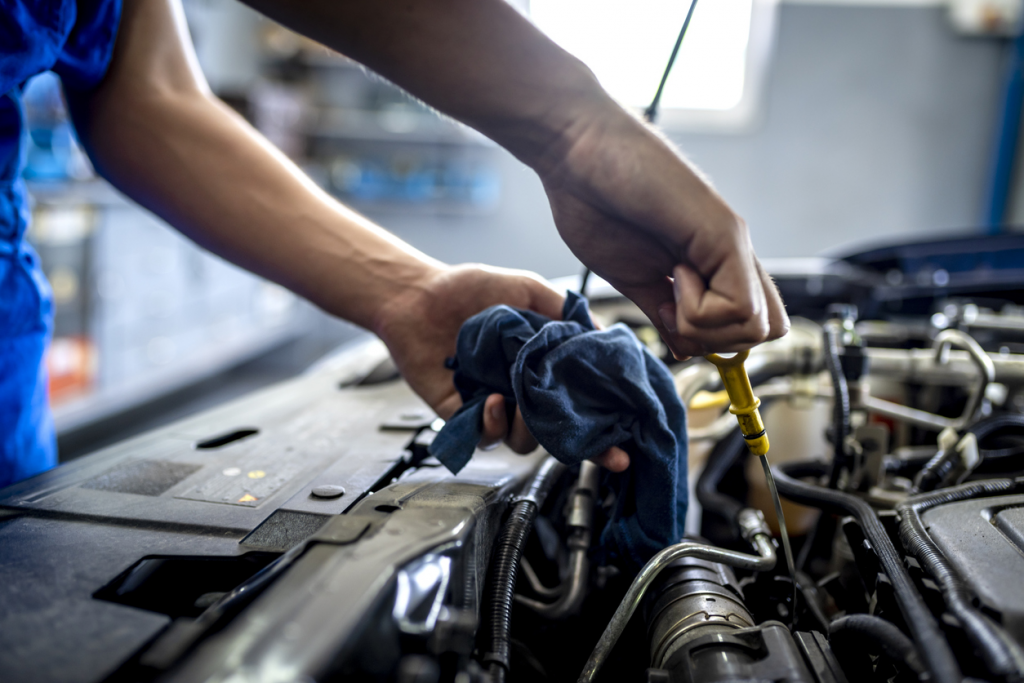This paper focuses on the importance of tightening loose car parts and its impact on vehicle maintenance and overall performance. Loose car parts can lead to premature wear, failures, and costly repairs. By securely tightening and bolting together various components, the possibility of these issues can be significantly reduced. This paper provides insights into the causes of part loosening, methods to identify loose fasteners, and recommended torque specifications for tightening. Additionally, performing regular “safety tightening” as part of an annual maintenance schedule is proposed as an effective preventive measure to eliminate rattles, noises, and potential problems. The findings highlight the significance of proper fastening techniques and their contribution to extending the lifespan of vehicle parts while reducing operating expenses.
Introduction: In the automotive industry, the maintenance and proper functioning of car parts are essential for ensuring safe and enjoyable driving experiences. Loose car parts can lead to various problems, such as unusual noises, reduced performance, and even accidents. This paper aims to emphasize the importance of tightening loose car parts and presents effective techniques to address this issue.
Causes of Part Loosening: Several factors contribute to the loosening of car parts, including vibration, expansion and contraction of components, inadequate initial tightening, damaged or corroded threads, and the use of incorrect-grade fasteners. Understanding these causes is crucial for implementing appropriate tightening measures.
Identifying Loose Fasteners: Pinpointing loose fasteners can be challenging but is essential to prevent potential failures. Certain telltale signs indicate loose parts, such as shiny wear marks, rust stains, and worn paint. Regular inspection and attention to these visual indicators can aid in identifying and addressing loose fasteners promptly.
Proper Torque Specifications: Every type and grade of bolt has a specific torque specification (spec) that determines the optimal tightness. It is recommended to use a torque wrench when tightening loose fasteners. The suggested approach involves tightening the bolts to 50% of the specified torque and then reaching the full torque value. For instance, if the tightening torque for a particular bolt is rated at 150 foot-pounds (ft-lb), the initial torque should be set at 75 ft-lb for all bolts, followed by a final tightening at 150 ft-lb.
Benefits of Safety Tightening: Incorporating a do-it-yourself (DIY) “safety tightening” procedure into an annual maintenance schedule offers numerous advantages. By proactively addressing loose car parts, rattles, and noises can be eliminated, enhancing the overall driving experience. Moreover, safety tightening helps identify potential problems at an early stage, preventing them from escalating into costly crises.
Conclusion: Tightening loose car parts is a crucial aspect of vehicle maintenance. This paper has highlighted the significance of securely tightening and bolting car components to avoid premature wear, failures, and costly repairs. By understanding the causes of part loosening, employing proper torque specifications, and performing regular safety tightening, drivers can save money, enhance vehicle performance, and ensure a safer and more enjoyable driving experience.

How to Properly Tighten Loose Car Parts
To effectively tighten loose car parts, you will require a set of standard and metric socket wrenches in 1/4-inch, 3/8-inch, and 1/2-inch drive sizes (preferably six-point sockets), along with safety glasses, gloves, a floor jack, and safety stands. Box-end wrenches can also be used, but it is important to note that torque measurement is not possible with this type of wrench.
Avoid using an open-end wrench for final tightening, as its weaker jaws may spread open, leading to a rounded bolt head or a slipping-off situation that can cause injury. Ensure that the socket or wrench head fits fully and snugly onto the nut or bolt head.
Here are the recommended steps for addressing a loose part:
- If the fastener is rusted, apply a rust penetrator spray and allow it to sit for five to ten minutes. Then, loosen the fastener to free it up and tighten it to the specified torque.
- If the exposed threads are rusty, clean them using a wire brush and apply a spray before attempting to loosen or tighten the fastener.
- If the parts remain loose even after tightening, remove the fastener and inspect the threads for any damage. Rust, corrosion, or accumulation of debris at the bottom of a bolt hole that has not been fully drilled and threaded through a part may cause the bolt to bottom out before reaching the desired tightness. Use a rust penetrator to clean and flush the holes, and restore the threads if necessary.
- When replacing a nut or bolt, always ensure that you use the same gauge and length of fastener. Using a bolt that is too short may lead to easy loosening as it fails to fully engage the nut. Conversely, a bolt that is too long can bottom out and potentially damage the part it is being screwed into.
- It is important to note that the threads of a bolt fill approximately 80% of the threads of a nut, and vice versa. Rust, corrosion, dirt, or damaged threads can reach full torque prematurely, technically making them loose. Fasteners with clean and lubricated threads will facilitate quicker installation, more accurate torque application, and proper tension maintenance.
By following these simple do-it-yourself repair steps, you can avoid the need for costly part replacements, potentially saving hundreds of dollars.
